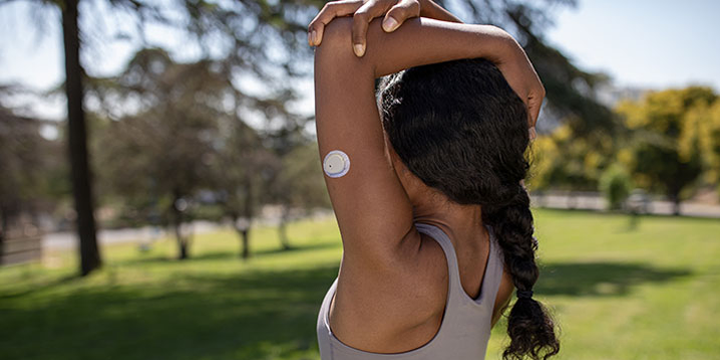
Author: Dr. Ilana Halperin, MD MSc FRCPC (Endocrinologist)
Diabetes Canada recently released updated guidelines on hypoglycemia (low blood sugar). This update is important because hypoglycemia is a common and a potentially dangerous complication of diabetes. Hypoglycemia has negative impacts on quality of life and is particularly dangerous for older adults given their increased risk of falls, fractures, cardiovascular complications and cognitive decline. In addition, fear of hypoglycemia is one of the most common reasons people living with diabetes do not meet their personal blood sugar goals.
Hypoglycemia is now defined by 3 levels
Level 1 (mild): This is defined as blood sugar between 3.0 and 3.9 mmol/L, which may cause symptoms like sweating, hunger, trembling, or heart racing. Individuals are able to recognize and treat mild hypoglycemia themselves.
Level 2 (moderate): This is defined as blood sugar below 3.0 mmol/L, which may cause the symptoms of Level 1 (or mild hypo) AS WELL AS feeling very tired, confused, or having difficulty with memory or focus. Individuals are however still mentally able to recognize and treat moderate hypoglycemia themselves.
Level 3 (severe): This is defined as blood sugar below normal and where individuals are very confused, disoriented, hallucinating or possibly even unconscious. Individuals are no longer able to recognize and treat hypoglycemia themselves and need the assistance of another person to treat hypoglycemia.
The guidelines recommend that everyone at risk of ANY level of hypoglycemia due to the use of insulin or insulin secretagogues have:
- A regular review of their risk of hypoglycemia with their healthcare team
- Re-education regarding proper treatment of hypoglycemia
- Adjustment in therapy or monitoring strategies to prevent hypoglycemia.
Treatment recommendations have also been updated
For hypoglycemia levels 1 and 2, 15 grams of carbohydrate by mouth is still recommended.
For hypoglycemia level 3, 20 grams of carbohydrate by mouth is recommended if the person is conscious. If the person is unconscious, glucagon that can be sprayed in the nose is now also recommended as an option to the older type of glucagon that needs to be injected with a needle.
The table below describes the recommended treatments for hypoglycemia.
Treatment of hypoglycemia
| Levels 1 or 2 |
| 15 grams of rapid-acting carbohydrate by mouth:
· 4 glucose tablets (4g) · 15 mL (3 teaspoons) or 3 packets of table sugar dissolved in water · 5 cubes of sugar · 150 mL juice or regular (NOT diet) soft drink · 6 Life SaversTM · 15 mL (1 tablespoon) honey |
| Level 3, conscious |
| 20 grams of carbohydrate by mouth |
| Level 3, unconscious |
| 3 milligrams of glucagon, sprayed in the nose or 1 milligram of glucagon, injected under the skin or in the muscle |
Prevention of hypoglycemia takes many forms
Diabetes healthcare providers should review medications and consider options with less risk for hypoglycemia whenever cost and coverage allow for it. People living with diabetes should be educated on how to adjust insulin during periods of higher risk for hypoglycemia (such as changes in diet and physical activity, illness and driving).
Monitoring for hypoglycemia is critical and new technologies such as continuous glucose monitors (also known as glucose sensors) have been shown to prevent hypoglycemia using predictive alerts (available with Dexcom G6 and G7) and threshold alarms (available with Freestyle Libre 2 and Dexcom G6 and G7). When a person with diabetes knows they are at risk for hypoglycemia, they can intervene with rapid-acting carbohydrates or insulin dose adjustments. This can help prevent the actual episode of hypoglycemia as well as the rebound hyperglycemia (high blood sugar) that often follows.
Fear of hypoglycemia is an underestimated problem. Diabetes Canada guidelines recommend healthcare providers consider ways to measure and reduce fear of hypoglycemia. Studies have shown use of real-time CGM (for example Dexcom G6 or G7) or psycho educational training can help to reduce fear of hypoglycemia and improve quality of life.
Hypoglycemia is common and often under-reported. People at risk for hypoglycemia should consider options for prevention, including using medications with the lowest risk of hypoglycemia and use of continuous glucose monitors. People at risk for hypoglycemia and their families and friends should know how to treat all levels of hypoglycemia and have a source of rapid-acting carbohydrates and glucagon available at all times.



